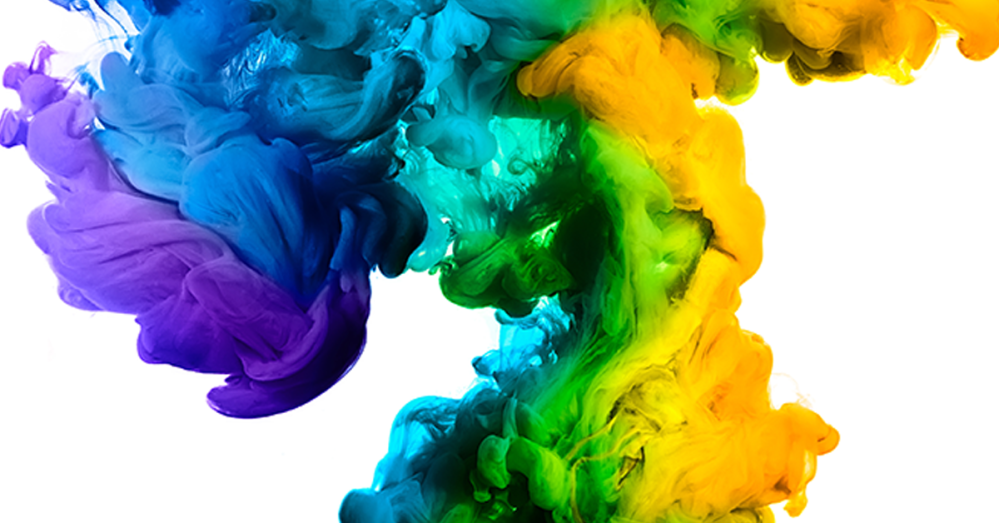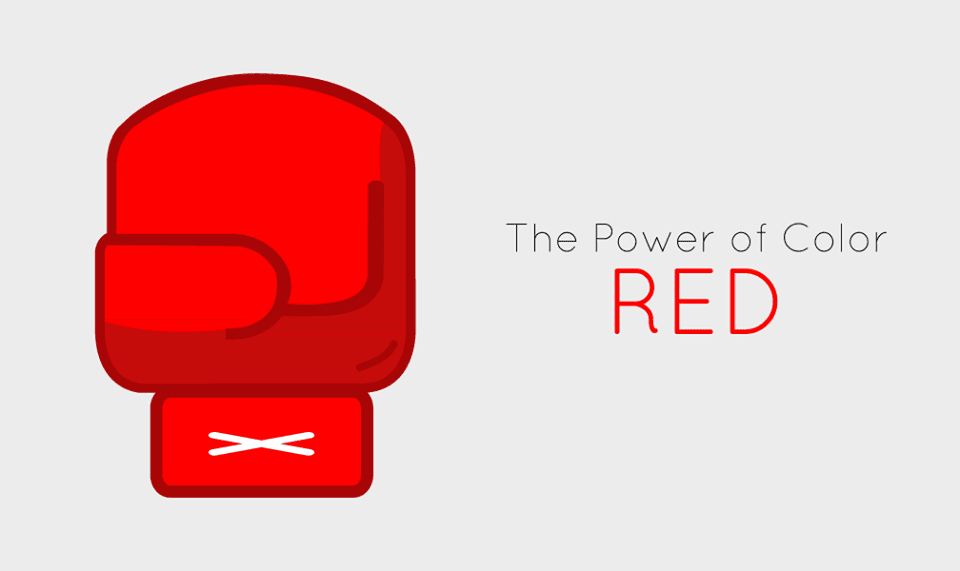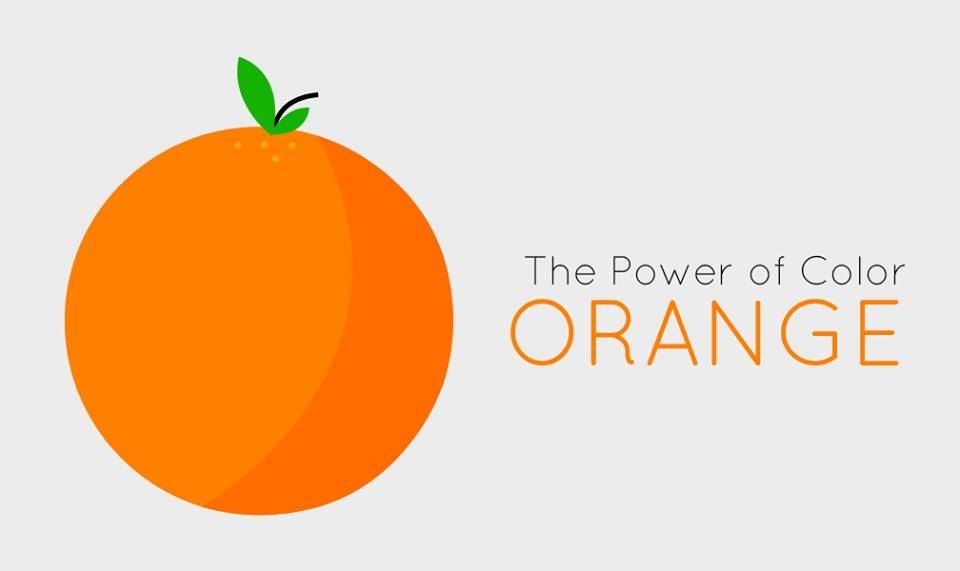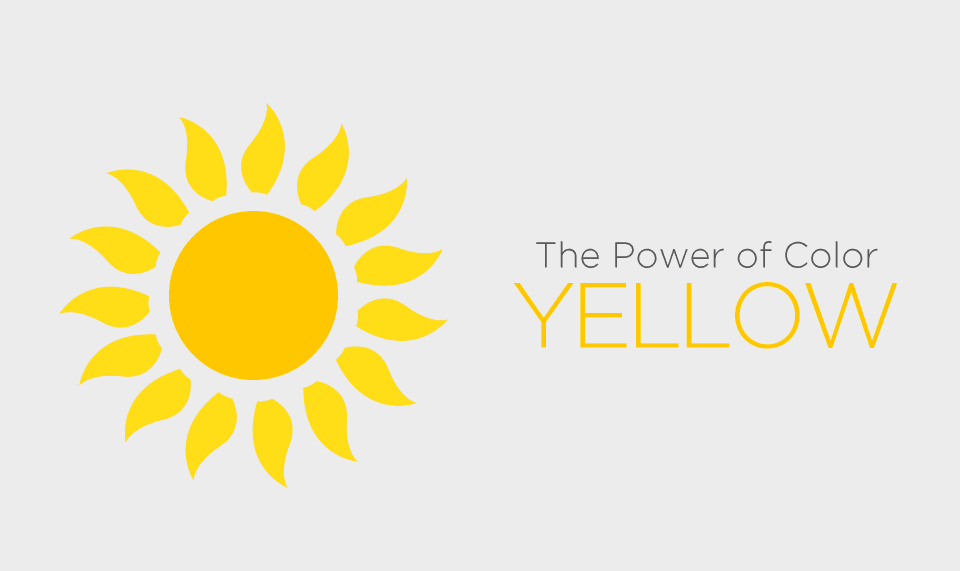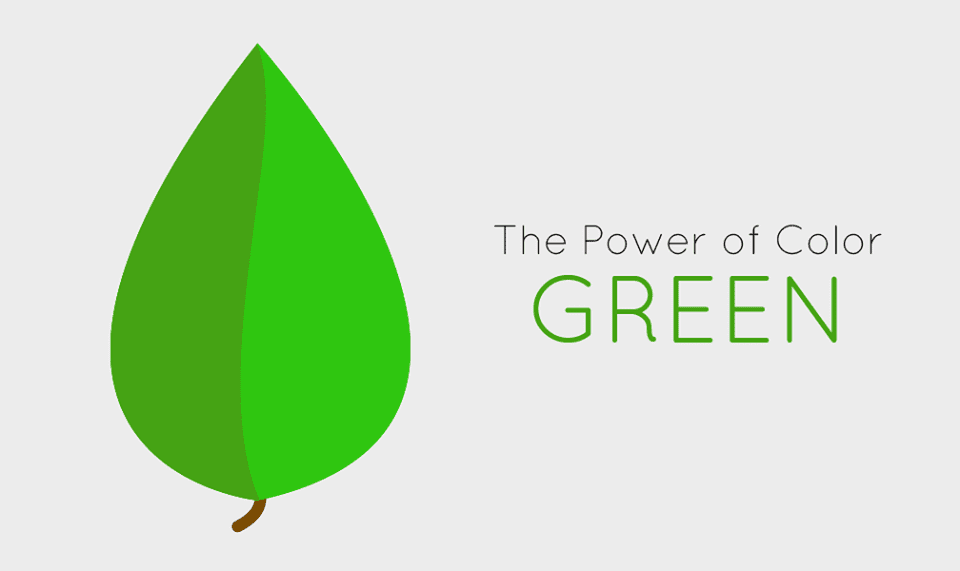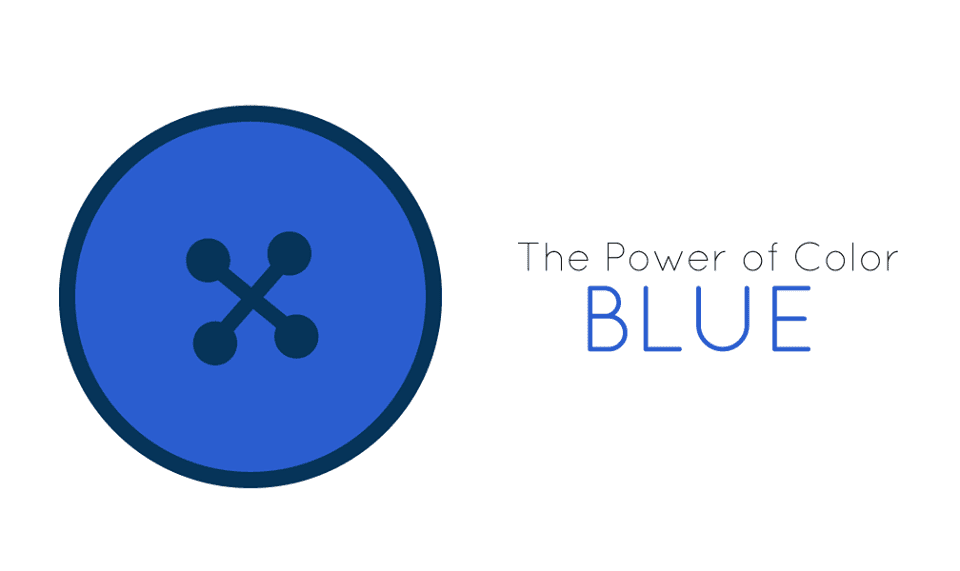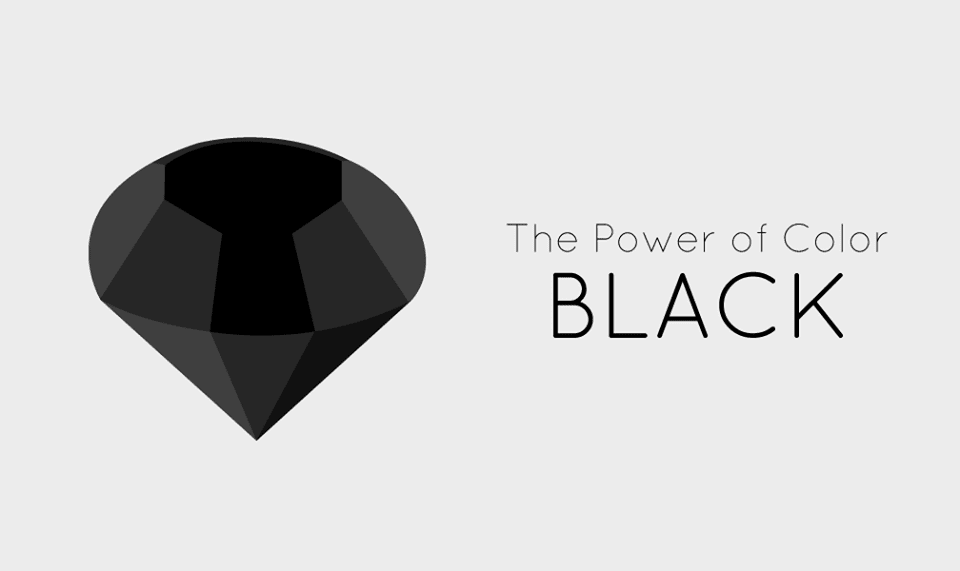What you see says a lot
When it comes to your marketing and branding, the colors you choose to use need to be more than just an arbitrary choice. Color is powerful, and when combined with your brand it serves as an emotional cue. With proper use, colors can encourage your audience to feel what you want them to feel, to see what you want them to see, and to do what you want them to do.
We’ll cover some of the most popular colors brands choose and the reasons why you might want to use them for your business.
Red promotes power and passion
Want to add a punch of adrenaline to your marketing? Then red is your best bet.
Red is a very powerful, dynamic color that elicits strong physical reactions in viewers, including increased heart rate and high energy levels.
It reflects our physical needs — whether that means showing affection and love or portraying terror and fear.
Red adds a ton of energy when used properly and it can portray friendliness and strength. Depending on the context, though, it can also be overly demanding and show unintended aggression; so keep that in mind when incorporating red into your marketing. Remember to use it responsibly to avoid the extreme negative emotions it can so easily awaken.
Brands such as Kellogg’s, Lays, Heinz, KFC, Coca Cola, and Budweiser know that red increases appetite as well, and use it in their logos and marketing.
Orange glows with cheerful warmth
Orange has very interesting psychological meanings. Because of the colors that go into creating it, orange combines red’s power and energy with yellow’s friendliness. Orange manages to tone down some of red’s more intense (and in some ways negative) connotations with the inclusion of yellow.
This unique mix makes orange a good choice for representations of physical comfort — warmth, food, and shelter. (In some uses it even stimulates our appetite, so feel free to use it if you want to make people hungry!)
Orange is also a powerful motivator and should be used as a tool for calling attention to buttons, deals, or sales. It’s motivating nature make it ideal for drawing attention to areas where you’d like people to take action.
Brands like Amazon, Fanta, Starz, and Shutterfly use orange as their title color to exude a cheerful, confident vibe.
Yellow always looks on the bright side
Yellow is the epitome of joy, happiness, and cheerfulness. Nothing says “optimism” quite like yellow. Whenever you need to lift someone’s spirits or provide inspiration, you should use it.
Yellow can also be used to create a sense of urgency that attracts window shoppers and encourage impulse buyers to feel confident in their purchase.
Be careful, though — you can still have too much of a good thing. Avoid using yellow too much because it’s also been shown to make people more critical in some ways. When used too much it can bring up self-esteem issues as well as feelings of fear or anxiety. Like with all the colors we’ll cover, finding the right balance will be crucial to evoking the intended emotions in your viewers.
Used by Nikon, IKEA, Hertz, and even in McDonald’s golden arches, yellow is used in the right wat to convey energy, joy, and excitement.
Green highlights wealth and health
Are you in the green? Whether in stores or on websites, green is used for relaxing customers and giving them a sense of harmony.
Green is one of the most seen colors in nature — reflecting life, peace, and rest. It also signifies growth, whether that be in a physical object like plants or, more abstractly, in our wealth and income.
Overall, if you’re looking to portray health, rest, and relaxation, green is your color. While green does have a few, minor negative connotations like greed, it has more positive effects than most of the other colors.
Being tied to wealth and nature explains why companies like Land Rover, John Deere, Whole Foods Market and Starbucks utilize green.
Blue promises trust and security
Blue is more than just one of the most popular colors — it evokes feelings of reliability, responsibility, and can be mentally soothing. Brands tend to use it in their marketing campaigns to build trust and a sense of dependability and security.
Unlike red, blue inspires more of a mental reaction rather than a physical one. It allows viewers to calm down and think of the most ideal situation.
On the other hand, it is often one of the last colors to be seen. So it shouldn’t be used if you want to inspire your viewer to take a specific action, like clicking on a button. Also, when overused, it can also be perceived as distant, cold, or unfriendly.
Brands that thrive on customer confidence like JP Morgan Chase and Citibank put blue to good use. You can also find it in the branding of social media power players like Twitter, as well as trusted digital hardware brands like Dell, IBM, HP, and Intel.
Black builds authority and credibility
Though some don’t even consider it a real color, black is actually a very authoritative tool. Black is a color of, class, sophistication, seriousness, and control.
Though it can be taken as very reserved, when combined with other colors it’s high contrast means that it can very easily increase legibility.
Unfortunately, since it’s a very powerful color, too much black can overwhelm easily. To avoid causing feelings of sadness and overall negativity use it sparingly and in your text more so than the visuals itself.
Because it’s considered so professional and powerful, black is used by luxury brands (think cars and high-end retail fashion), financial companies, and sports apparel companies like Nike and Puma.
Keep in mind that while the psychology of color has been studied and analyzed over a long period of time, the impact different colors have on us is still fairly subjective. We don’t all react the same way to the same colors. We all have different experiences with colors from significant events, cultures, people, and memories.
However, there are a few generalities about how people respond to color, and that’s what you should use as you make decisions about your marketing and branding your business.
